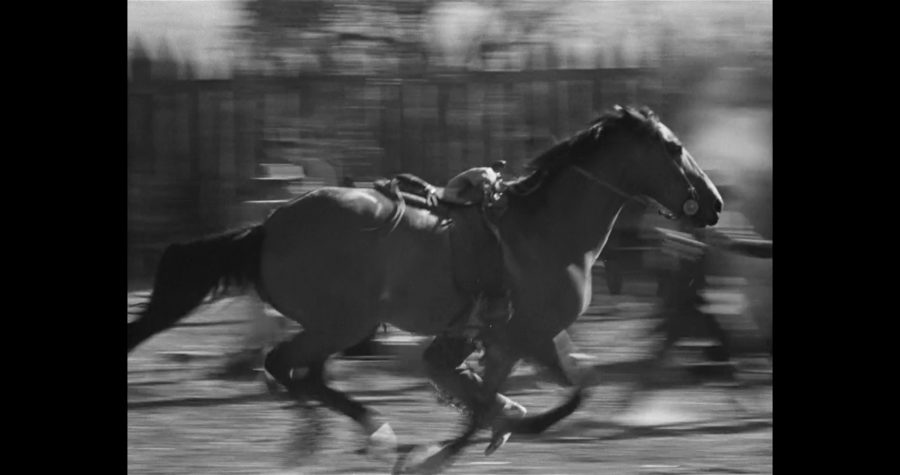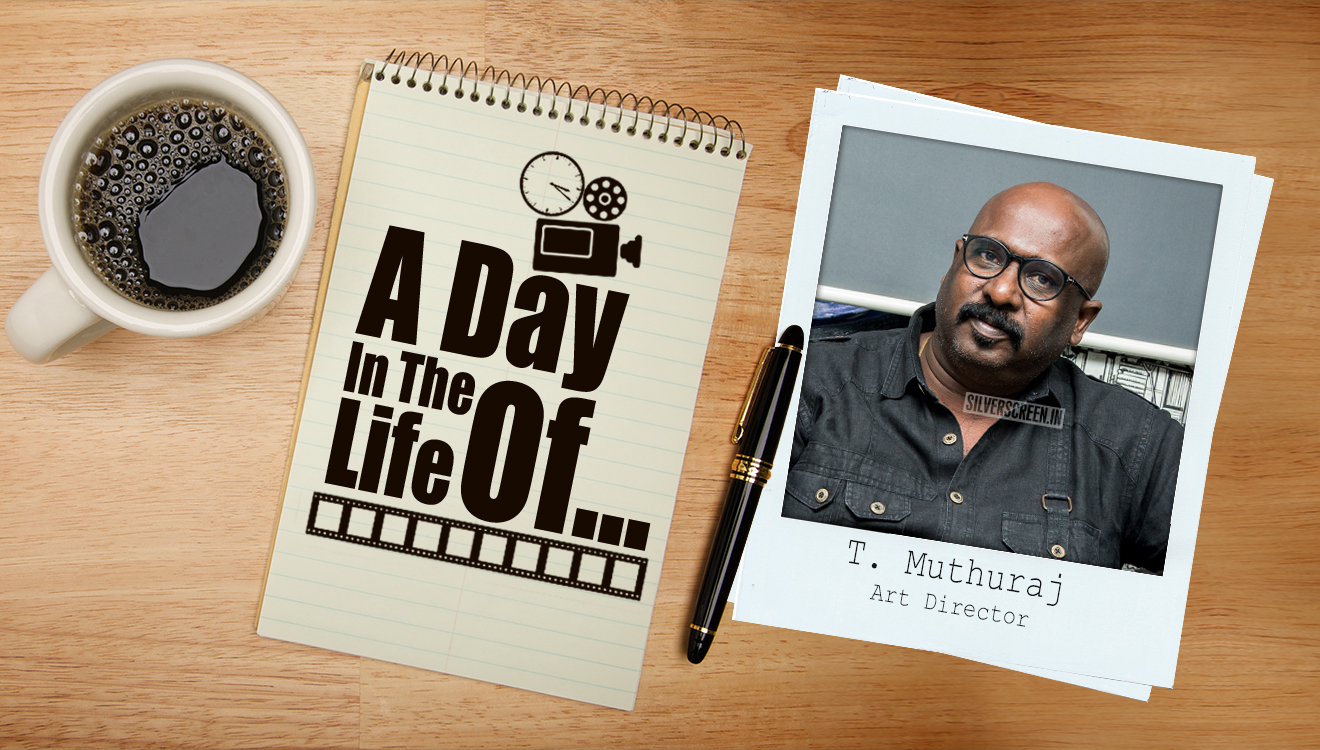Nicolás Zukerfeld presents a mouthful at the 58th New York Film Festival, part of the Currents line-up – There Are Not Thirty-Six Ways of Showing a Man Getting on a Horse. Co-written and co-edited with Malena Solarz, the film is a staggering undefinable piece of work that’s part editing marvel and part celebratory and melancholic ode to shared film geekdom, the same recognisable madcap cinephilia. It presents fewer answers than questions it asks. The ceaseless first 30 minutes is a string of images of men getting on a horse. After a while, the men are getting off a horse and women getting off wagons. Now women get on and off horses, or men enter rooms. Women sneak in through the window or somebody sneaks up behind someone else. A man waits for a woman as she comes in and puts that question to him. Once again men enter rooms and this time it is an array of moments from the same film, followed by another. A little bit of The Thief of Bagdad here, a lot of John Wayne in The Big Trail and snatches of Gloria Swanson. Or Cagney and Bogart in The Roaring Twenties. More Bogart and Ida Lupino in High Sierra and They Drive by Night. The clips have a rhythm that renders them wildly entertaining and it takes a while to realise that every scene is from Raoul Walsh’s films. And then the essay begins, narrated by a film studies professor, breaking his head over a class on Film Grammar.
Zukerfeld’s film breaks its head over film grammar. Without as much as a warning, the string of images disappears, and we get a black screen with a narrative shift to…a narration. During the class, the professor happens to mention that Walsh played John Wilkes Booth in The Birth of a Nation and notes that the fact didn’t interest the young students. The horror! His reaction is the equivalent of a respected sigh. Owing to that disappointment, he forgets to share a quote he had noted down for the class – the film’s title, but he’s also not sure of its source. What follows is a hunt for the source, winding through the minds of multiple film critics, professors, filmmakers across the world and unsurprisingly, multiple versions of the quote. Like cinema, the quote has travelled years, across seas and mutated into different forms, sometimes retaining the meaning and in some cases altering one version of truth to another. The film’s title is a bastardised version of the quote the professor had read in an essay on D.W. Griffith by filmmaker Edgardo Cozarinsky, with the essay itself ambiguous about the exact words. If this wasn’t the modern times, the professor would be sitting in a library with newspapers attached to sticks and a stack of magazines trying to find what his memory failed to retrieve. But it is and so he shoots a bunch of emails. He receives hastily scanned PDFs of Cahiers du Cinéma, Visages du cinéma and various defunct film magazines.
Recommended
What Zukerfeld does is parlay with memory and what film grammar really means and wonder if it follows strict rules from one period to another. Walsh stated that there are not five ways of showing a man enter a room. It varies. One. five. Thirty-six. But there aren’t? What do we really see when a director shows us images framed in a certain way and the cinematographer having composed it in a distinct style? How has film grammar evolved over the years and what has that done to our understanding and memory of it? Do we see classical films with a particular lens and the postmodern films with different ones? If there is only one way of showing a man entering a room, as Walsh believed and castigated young directors for trying too many new forms, why should cinema interest us after a point? Zukerfeld and Solarz suggest that when it comes to film grammar the rules are malleable. Cinema is a language and like any language, grammar and meaning evolve with age and usage. Over the course of the narration, we also see how the phrase has metamorphosed due to translations or rather mistranslated versions, using idioms of a particular language (cinema, so French here). It brings up a different question, not directly sought in the film – how films made in one region resonate in another part, how films travel the world? They do give a sliver of an answer though, how every effort on a film set goes towards convincing the audience that there is only one way to show anything and that’s where the line between the filmmaker and the critic begins to blur.
There Are Not Thirty-Six Ways of Showing a Man Getting on a Horse is a rumble in the memory vault and a knock on the critic’s eye towards cinema, nudging us to want better and do better. It is as much a jolt to the idea of film as it is an additional mirror to show us the blind spots in our own understanding of cinema.
Image courtesy: NYFF/Film at Lincoln Center PR
Aditya Shrikrishna is a Chennai based film critic, who is covering the 58th New York Film Festival.



